
OR
EXPLAINER: US vote is 51 elections, one in each state and DC
Published On: November 2, 2020 05:10 PM NPT By: Associated Press
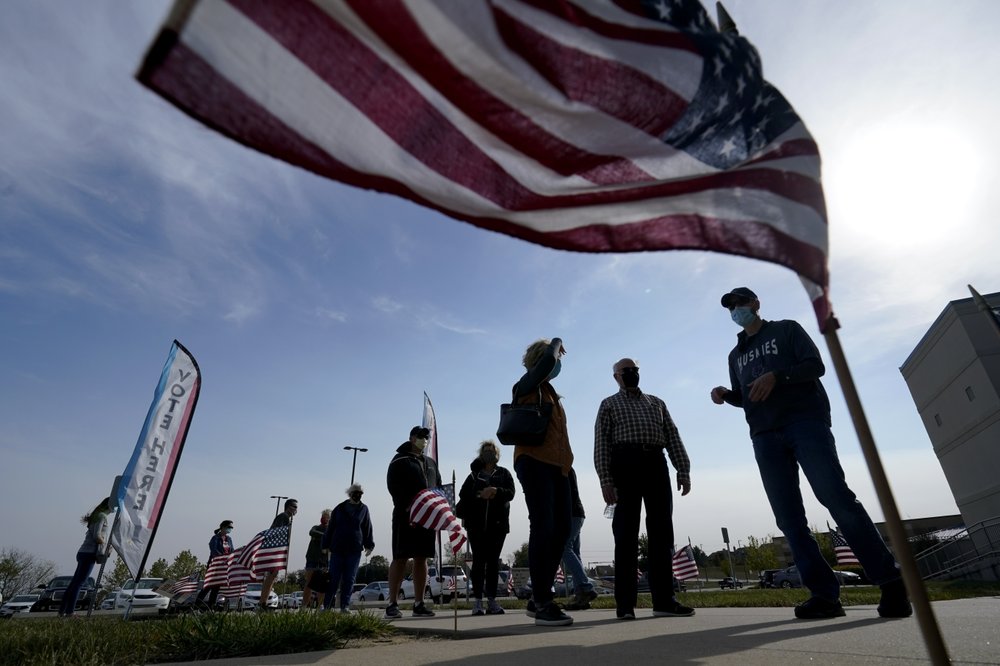
UNITED STATES, Nov 2: A major misconception about the vote for U.S. president is that it is a national election. It’s not.
Instead, it consists of 51 elections — one in each state and in the District of Columbia. And that’s more than a technical difference.
The states conduct all elections and decide who is eligible to vote, beyond the bare requirements of being 18 years old and a citizen, set by the U.S. Constitution. For example, convicted felons can vote in some states, but not in others.
And the national vote tally is irrelevant to picking a president; what matters is the selection of representatives from each state to the Electoral College.
Each state chooses electors (their number set according to the number of men and women it sends to Congress) sworn to vote for the candidate who won the most votes. The electors meet in January to choose the president.
In most states, winner takes all, meaning that if Candidate A earns just one more vote than Candidate B, Candidate A wins all the state’s electors.
But Maine and Nebraska do it differently. There, two electors are chosen by statewide vote, and one is chosen from each congressional district. So for example, Maine split its vote in 2016: Hillary Clinton won the two at-large electors and one district, while the other district went for Donald Trump.
While losing the national popular vote, a candidate can rack up electors by winning small states, or by winning by small margins in large states. This is what happened in 2016, when Clinton won the popular vote by nearly 2.8 million votes while Trump won the Electoral College, 304-227.
While that outcome might seem inadvertent, the system itself is not an accident. The framers of the Constitution embraced federalism — meaning while they wanted a functional federal government, they sought to balance that by preserving the powers of the states. One way they sought to ensure that was by putting elections in the hands of the states.
You May Like This
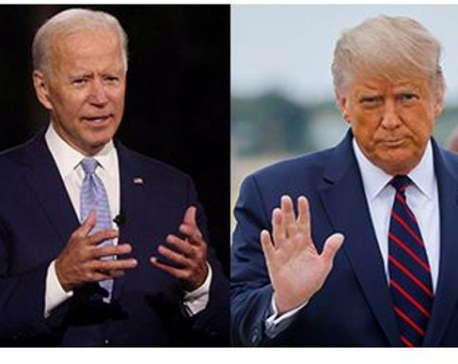
Biden prepares for White House while Trump presses legal attack
WASHINGTON, Nov 11: President-elect Joe Biden plans further meetings on Wednesday to lay the groundwork for his new administration while... Read More...
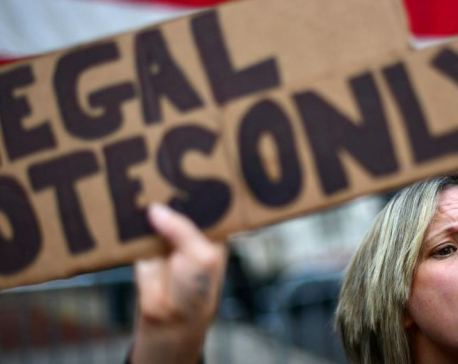
Analysis: How well-managed was the U.S. election? Scoring five key areas
WASHINGTON, Nov 10: Americans took to the polls last Tuesday for what many expected to be a contentious and possibly... Read More...
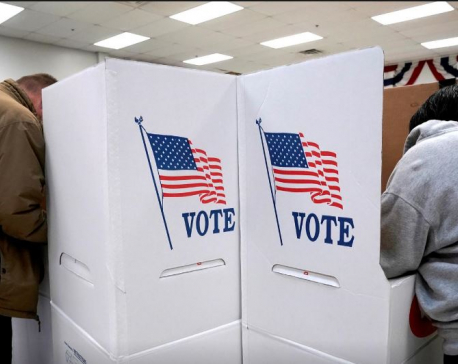
Why the U.S. military would welcome a decisive 2020 election win
WASHINGTON, Oct 30: Politics aside, there is one outcome of the 2020 U.S. presidential election that could bring some relief... Read More...


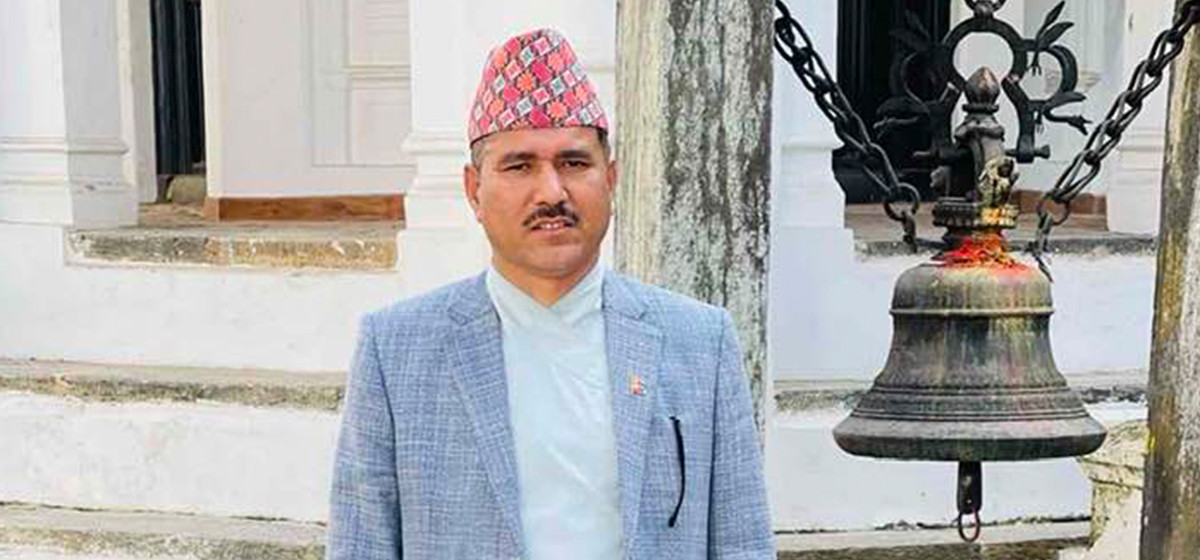
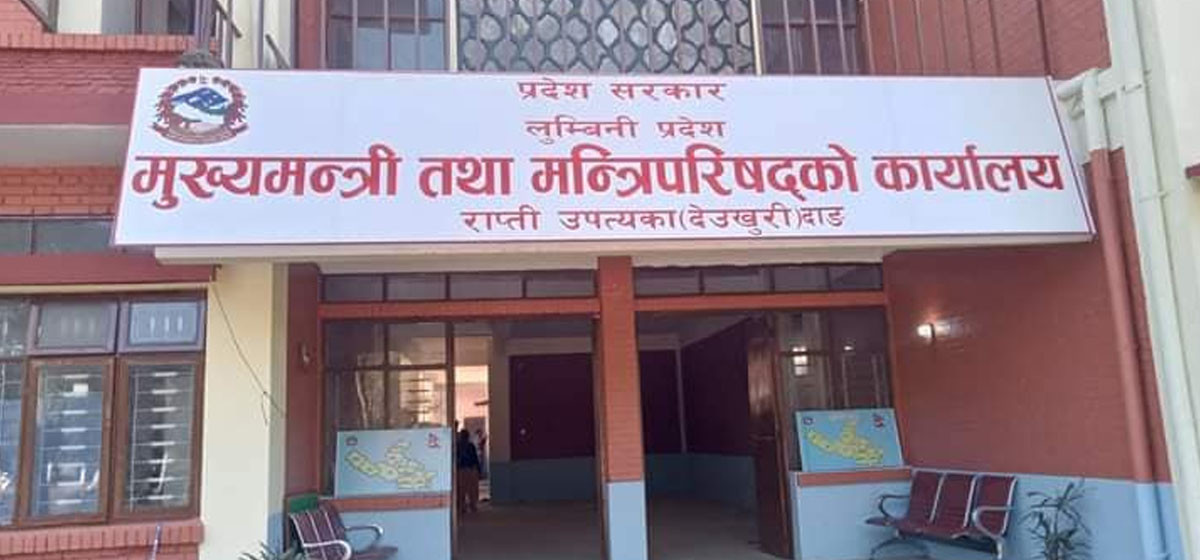
Just In
- NEPSE nosedives 19.56 points; daily turnover falls to Rs 2.09 billion
- Manakamana Cable Car service to remain closed on Friday
- Nepal govt’s failure to repatriate Nepalis results in their re-recruitment in Russian army
- Sudurpaschim: Unified Socialist leader Sodari stakes claim to CM post
- ED attaches Raj Kundra’s properties worth Rs 97.79 crore in Bitcoin investment fraud case
- Newly-appointed Auditor General Raya takes oath
- CM Mahara expands Cabinet in Lumbini Province
- FinMin Pun addresses V-20 meeting: ‘Nepal plays a minimal role in climate change, so it should get compensation’













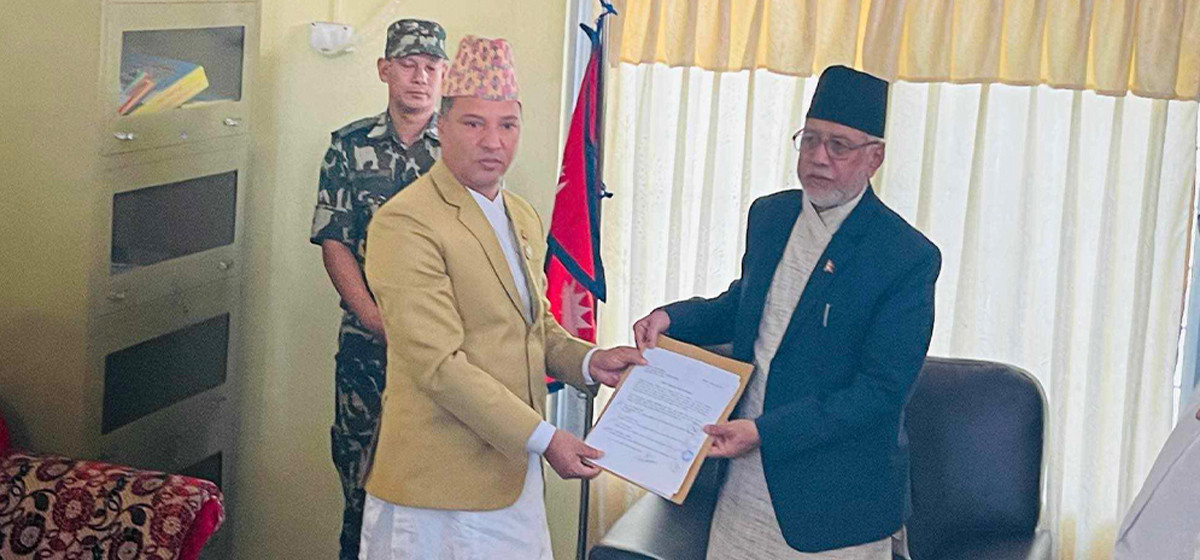
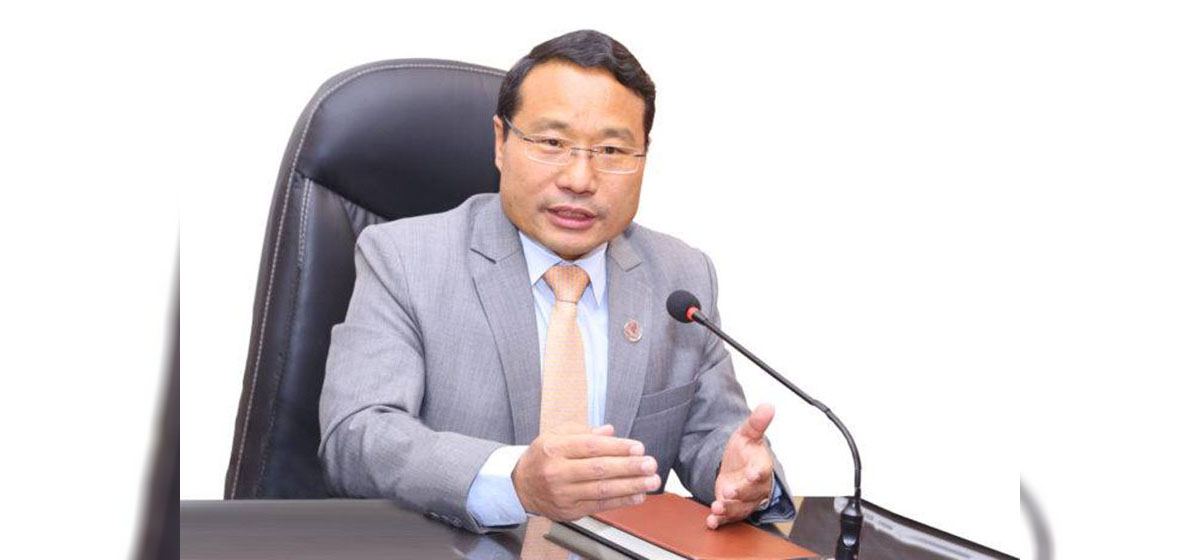
Leave A Comment